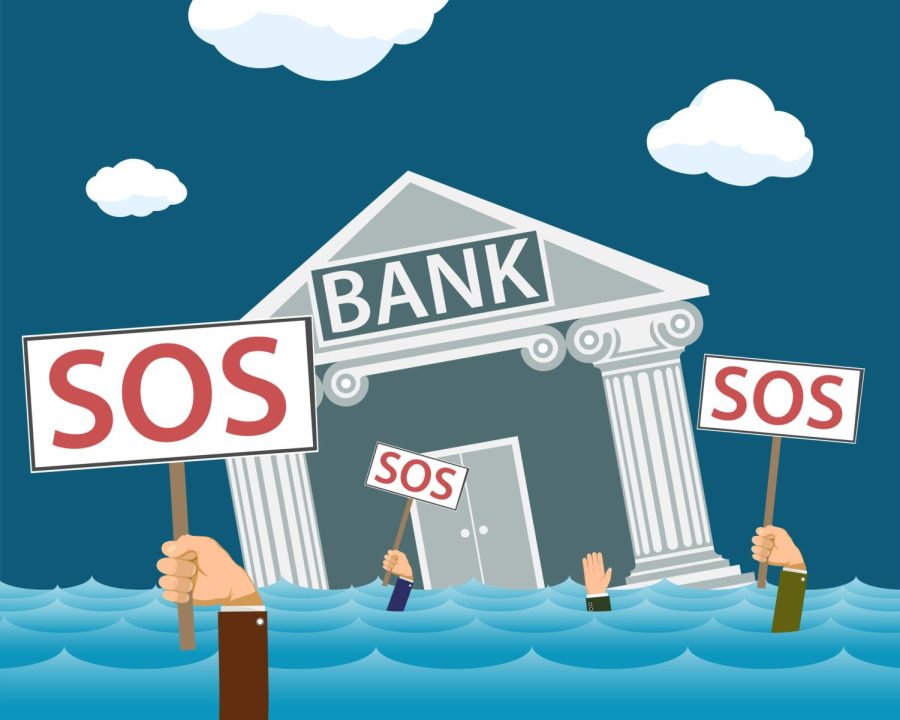Opinion | Regional banks (probably) should not exist
The financial system is threatened by the large number of banks.
March 23, 2023
There are too many banks in the U.S.
The lesson we should take away from the recent string of bank failures is that regional banks are dangerous to the financial system. There needs to be stricter regulations that prevent banks from making certain investments to protect depositors. Thus, it is in the best interest of lawmakers to facilitate the consolidation of banks.
In 2022, the Federal Deposit Insurance Corporation issued a report that stated that there are 4,127 banks in the U.S. For comparison, other industrialized countries in the world such as Japan and the U.K. only have 198 and 365 banks, respectively.
The sheer number of banks in the U.S. makes it so that bank regulators have a difficult time making sure that all banks are financially healthy and making wise investments with their depositor’s money.
Furthermore, the regulatory framework for smaller, regional banks is more lenient compared to that of larger banks, as these banks do not have to go through the same number of the Federal Reserve’s stress tests as mandated by the Dodd-Frank Act.
These stress tests are important to gauge the solvency of a bank as they generate scenarios that test the strength of a bank’s investments. If a stress test were to find that a bank’s assets were especially vulnerable, then regulators would force banks to change their profit-making strategies.
Unfortunately, the bank that precipitated the current crisis, Silicon Valley Bank, had not been stress tested by regulators at the Federal Reserve for years. As a result, regulators did not penalize SVB for their risky profit strategy — buying large amounts of mortgage-backed securities.
MBS is a type of security that generates its value from the ability of homeowners to pay off their mortgages. Therefore, these securities are particularly sensitive to increases in interest rates. In other words, when interest rates are high, homeowners have a difficult time paying off their mortgages. This leads to the price of MBS to decrease.
Because SVB was heavily invested in assets such as and similar to MBS, they began to hemorrhage profits. Some depositors began to fear that SVB could not pay off its liabilities and began withdrawing their money. Without the cash of depositors to back up its investments, SVB became insolvent and thus collapsed.
The collapse of SVB triggered a bank panic in which several other regional banks became insolvent. Fortunately, bank regulators have been so far able to stymie the collapse of the financial system by guaranteeing the deposits in at risk banks.
A solution to this problem would be for regulators to relax restrictions on the consolidation of banks in order to reduce the total number of banks that need to be monitored.
Of course, this could lead to a problem of these banks becoming too big to fail. The problem of too big to fail is a problem of moral hazard, meaning that banks will partake in risky profit strategies as they know that if they fail, the government will have to bail them out.
The best solution to this problem is to regulate the type of investments that all banks can make. For example, it would be wise to prevent banks from participating in the MBS market as these were the same exact securities that caused the 2008 financial crisis.
Ultimately, if policymakers want to keep depositors safe, they need to facilitate consolidation so that they can better monitor the financial health of the banking system.
Columns reflect the opinions of the authors and are not necessarily those of the Editorial Board, The Daily Iowan, or other organizations in which the author may be involved.














